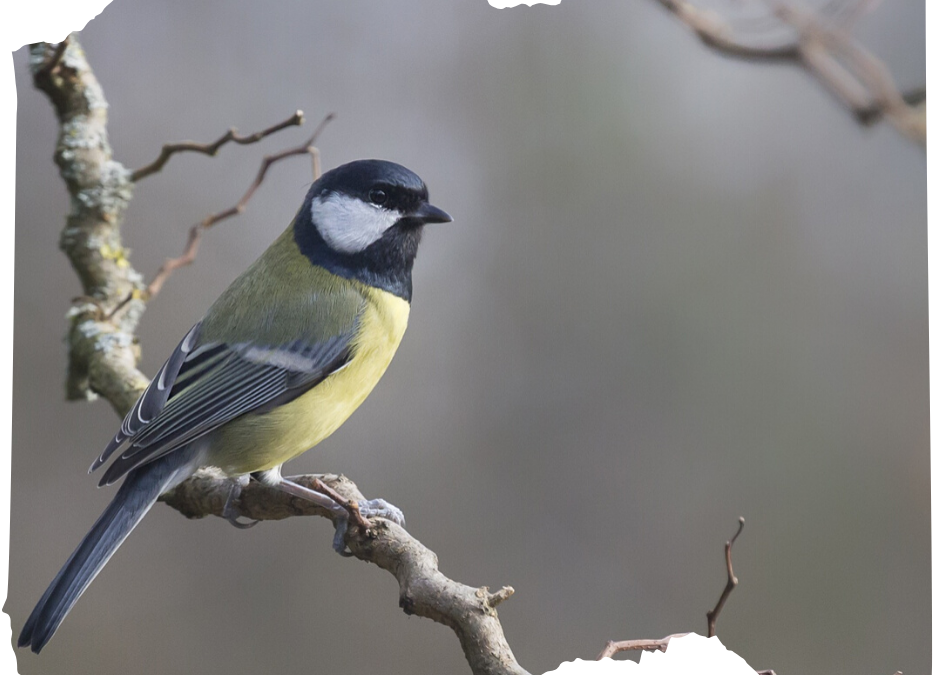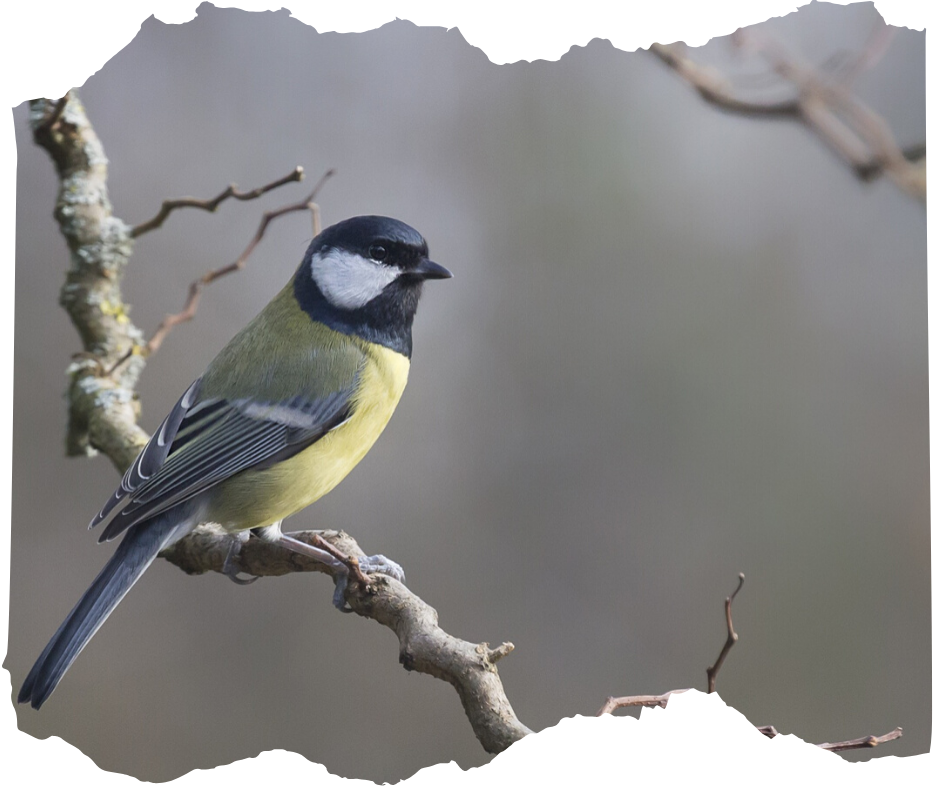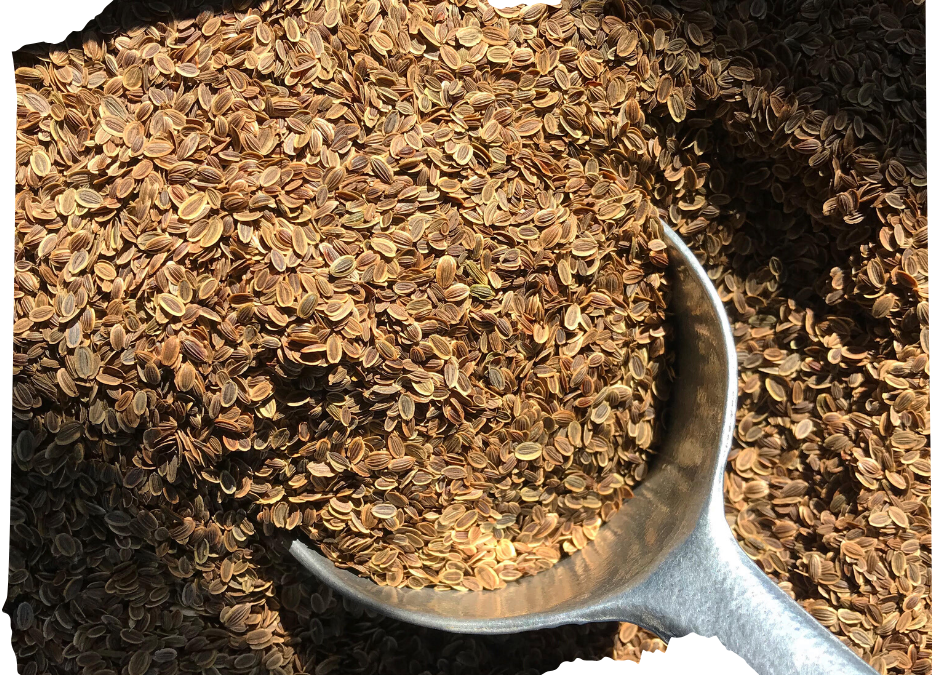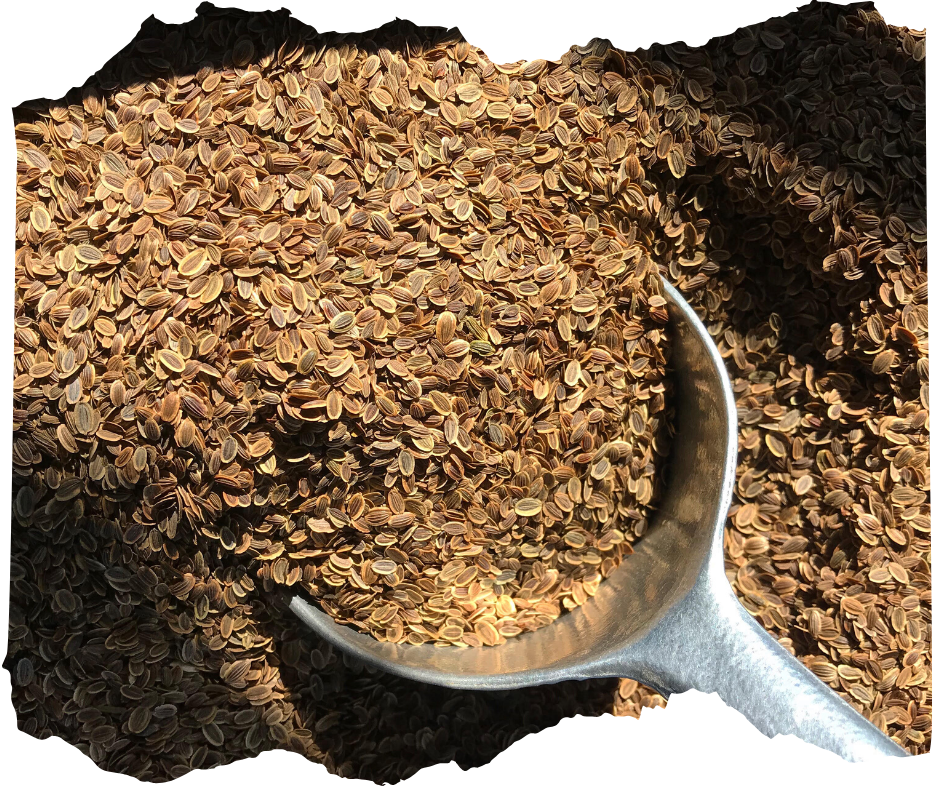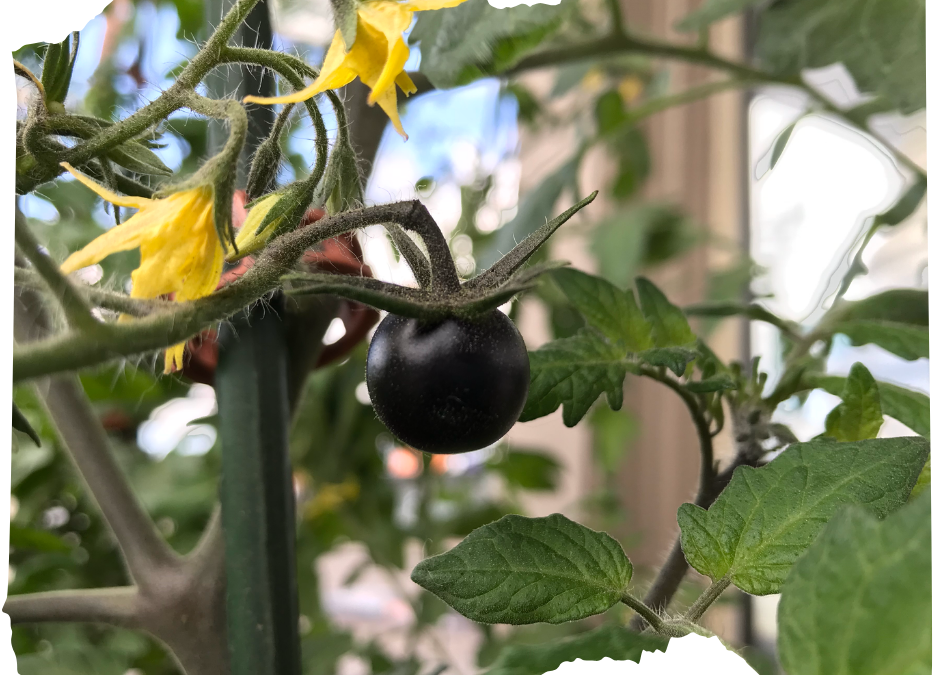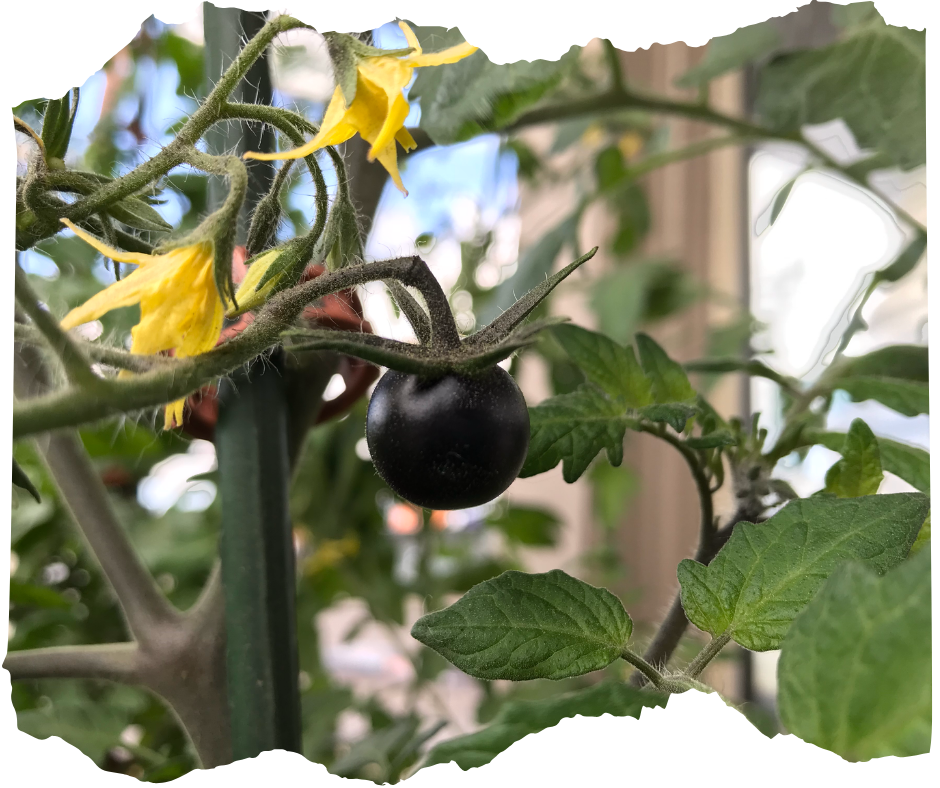Many seeds like beans, carrots, and sunflowers can be sown directly in the garden when spring comes around, but some must be started early. The back of most seed packets will indicate how many days or weeks to start your seeds indoors before the last expected frost date. Most years, the last expected frost date for Edmonton is around the Victoria Day long weekend (mid-May). This is when many gardeners get out in their gardens and get planting.
If starting from seed this year, consider providing your growing seedlings with bottom heat to help with germination rates. If you do not own a heat mat, it can help to place them in a warm location like the top of a fridge while they sprout.
Additionally, ensure that the seedlings have a strong source of light when they come up or they may get leggy. A grow light would work best as it can be placed directly over the seedlings, but a large, bright southern-facing window would also work. Ideally, they should be receiving about 14-16 hours of light per day.
Cold-hardy vegetables like many types of broccoli, brussel sprouts, cabbage, kale, and swiss chard can be started inside in early March since they can be transplanted outside before the last expected frost date. Remember to harden them off before transplanting them to ensure they are strong enough to withstand the cooler night temperatures.
Try planting eggplant, tomato, pepper or other cold-tender varieties in early to mid-March. Since they are not particularly cold-hardy, they will need to be transplanted outside when the night-time temperatures are no longer as cold.
Vegetables like cucumbers, squash, and melons can be planted in mid-late April. Keep in mind that they are susceptible to root damage if handled too roughly during transplant so extra care should be taken with these seedlings.
The same routine can easily be followed for hundreds of varieties of annual flowers. Simply check the back of the packages and count backwards from our last expected frost date to get an idea of when to start them inside.
When the time comes to start planting, consider choosing a nice seedling starter mix rather than regular potting soil. Seedling mixes will be finer than regular soils and will make it easier for the seeds to come up.
As far as containers go, your seeds can be started in pretty much anything you can think of that will allow for easy removal and transplanting of the seedlings. For instance, plastic cell inserts come in a variety of sizes and will conveniently fit into a standard propagation tray to catch any excess water or dirt. Jiffy pellets are also incredibly convenient and any unused pellets can easily be stored for next year’s garden since they are so small. Paper-based egg cartons are also a good choice and can be planted directly in the garden if watered in well to help break them down.
It may seem daunting at first to start plants from seed, but it truly is a rewarding and straightforward process that new growers and experienced gardeners alike can accomplish.
Happy planting!!
By Evelyn
